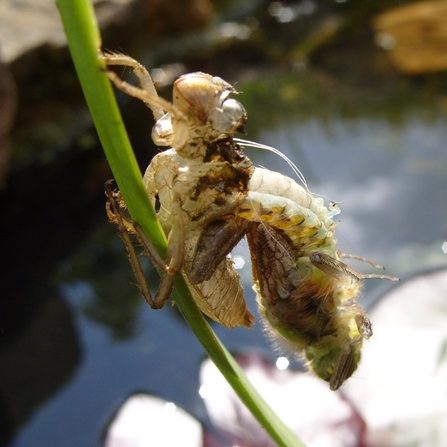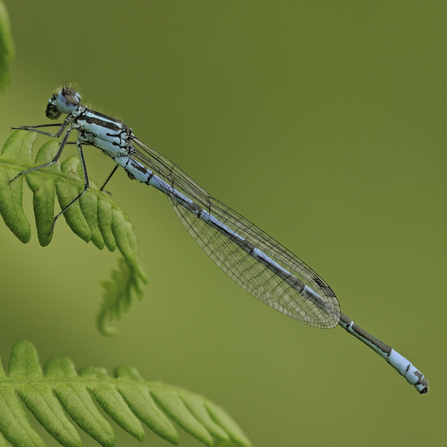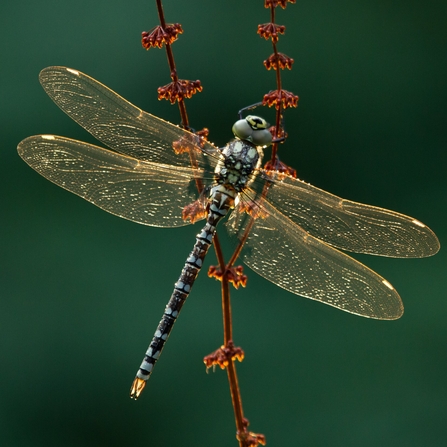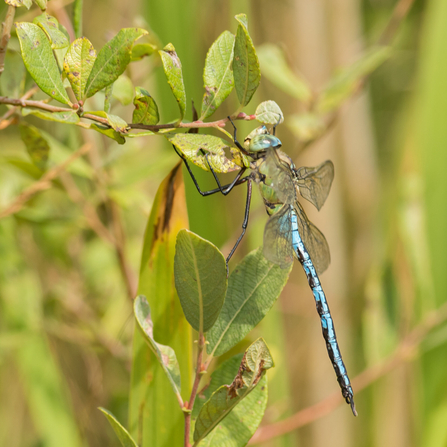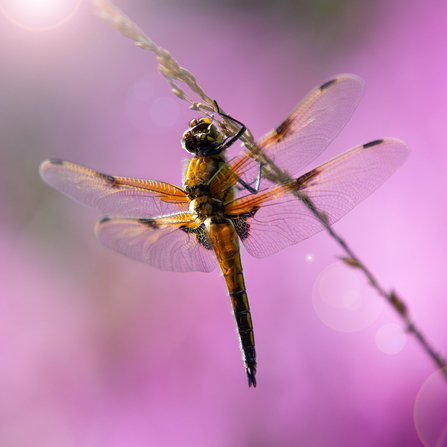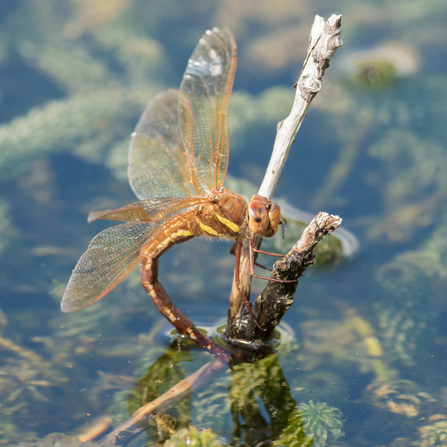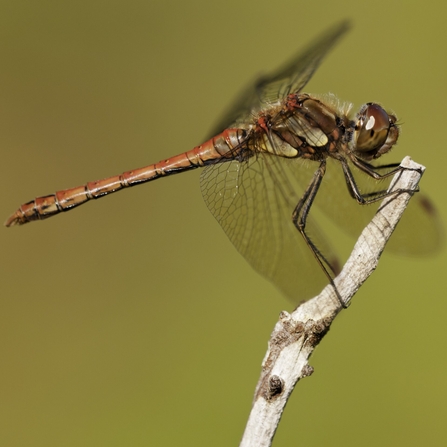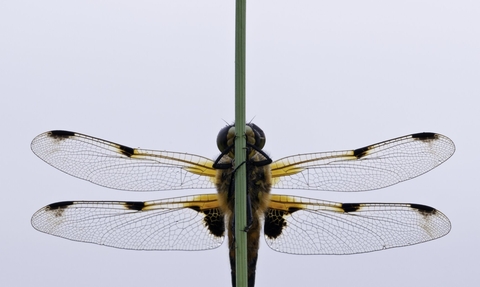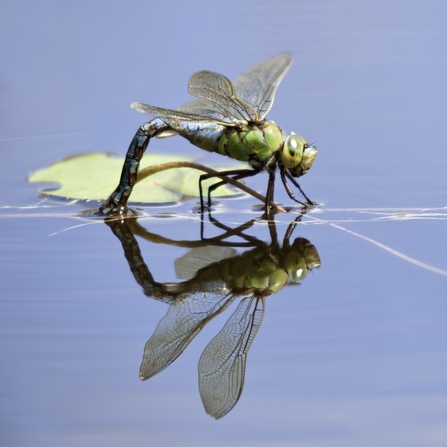
Emperor dragonfly
Prehistoric hunting machines
Did you know that dragonflies were one of the first winged insects ever to exist on our planet?
In fact, the ancient relatives of modern-day dragonflies first evolved approximately 300 million years ago – that’s at least 50 million years before the arrival of dinosaurs on earth.
Despite their joyful appearance, dragonflies are fearsome predators.
Their huge compound eyes allow them to essentially see the world in slow motion. Whilst their ancient wing design enables them to move with incredible dexterity, and even hover in place like a kestrel.
Fortunately, dragonflies are too small to hunt humans, but they can often be seen patrolling the skies above our wetland reserves, hunting and devouring flies, midges and mosquitos.

